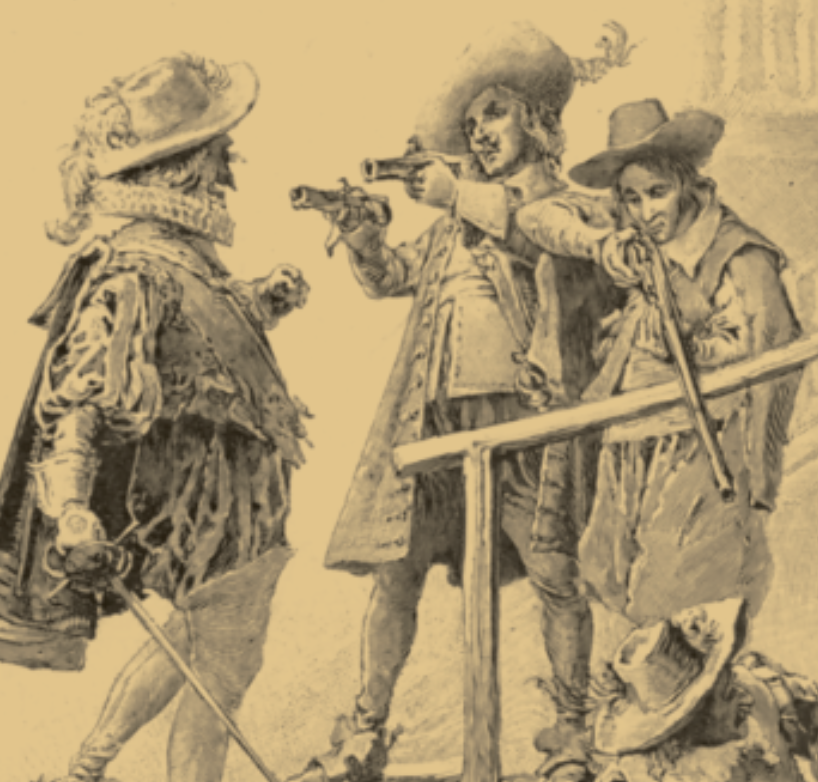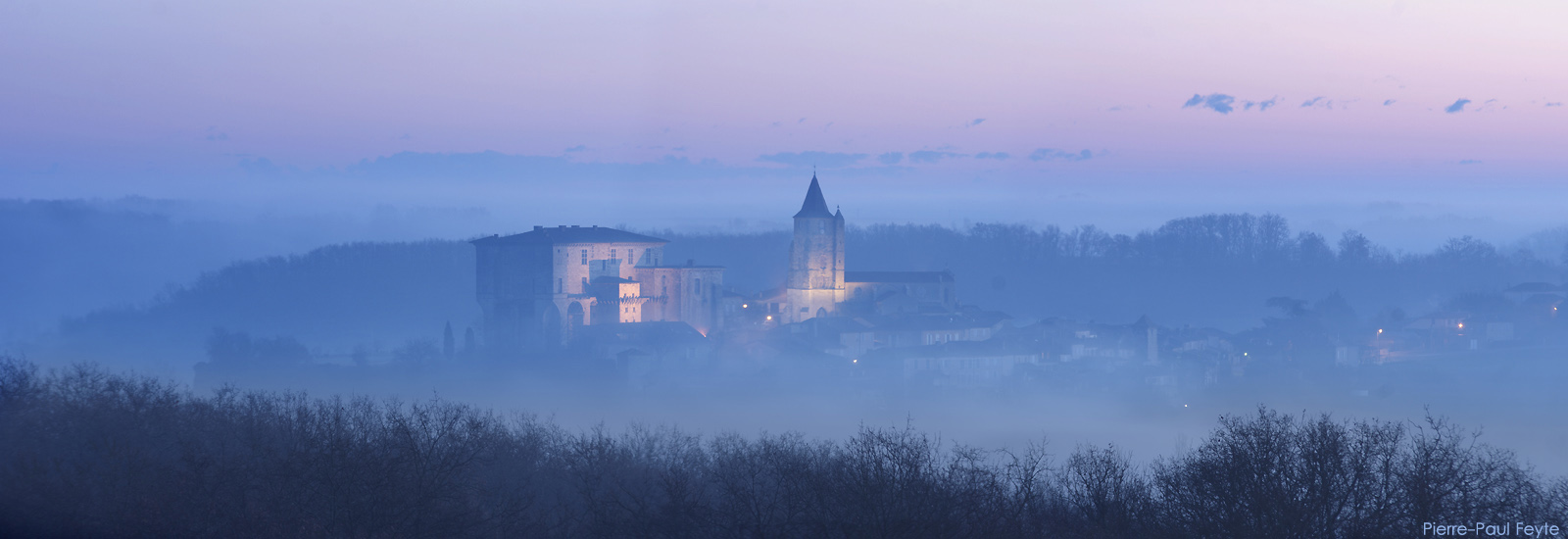At the end of the four companions’ adventures, d’Artagnan is only 22 and still has many adventures ahead. Alexandre Dumas understood this well and quickly capitalized on the success of The Three Musketeers serial, creating a trilogy.
Twenty Years After
The years 1648–1649 provide an ideal setting for the second volume of the trilogy: the Fronde (1639–1653) and the English Civil War (1642–1651) allow the story to unfold on both sides of the Channel.
Dumas is less free to make his characters act as he wishes, as they are bound to the historical past assigned to them. Once again, d’Artagnan serves as the link between them. Their relationships are deeper, and their disagreements symbolize the divisions of a people during the Fronde.
Another question raised by this novel is: who plays the enemy? Dumas uses the twenty years between stories to introduce Mordaunt, Milady’s son, heir to her revenge. He is also the agent of a powerful man, Cromwell, mixing political missions with his personal quest.
Dumas once again takes liberties with history: d’Artagnan did serve Mazarin during the Fronde, but he was no longer a musketeer.
In Twenty Years After historical details are richer, the reflection deeper and the characters more mature.
The Vicomte de Bragelonne
The last volume of the Musketeers trilogy was serialized in Le Siècle from 20 October 1847 to 12 January 1850. The delay was due to several factors: Dumas writing less, the fall of the July Monarchy in February 1848 which halted publication until September 28 and, finally, Dumas’ bankruptcy.
Like its predecessors the story takes place over a short period, spanning France and England. It presents a decisive turning point in history: Charles II’s restoration to the English throne and Louis XIV’s long solitary reign in France.
In fact, Dumas tries to link four plots: the English Restoration, the rivalry between Athos’ son and King Louis XIV for the favour of Louise de La Vallière, the Fouquet affair, and the story of the Man in the Iron Mask.
The narrative unfolds alongside historical events, with interwoven plots that often remain unresolved, so that the novel resembles a historical fresco. The protagonists are not always the four musketeers, and sometimes historical figures take the lead.
Dumas initially refused to kill d’Artagnan, who was his alter ego and voice. Ultimately, faced with an ultimatum from Le Siècle, he conceded and Auguste Maquet took over the task. Time had passed, and d’Artagnan felt its weight as he grew old in spirit and nostalgic for his past adventures, like Dumas himself. In Dumas’ version d’Artagnan dies during a siege in the Franco-Dutch War, crushed by a cannonball.
From 1850 on, Dumas retreated into writing. He died on 5 December 1870 in Dieppe, and his body was later transferred to Villers-Cotterêts Cemetery on April 15, 1872.





 dernier accès à la billetterie 1 heure avant la fermeture (afin de vous laisser un temps de visite confortable).
dernier accès à la billetterie 1 heure avant la fermeture (afin de vous laisser un temps de visite confortable).